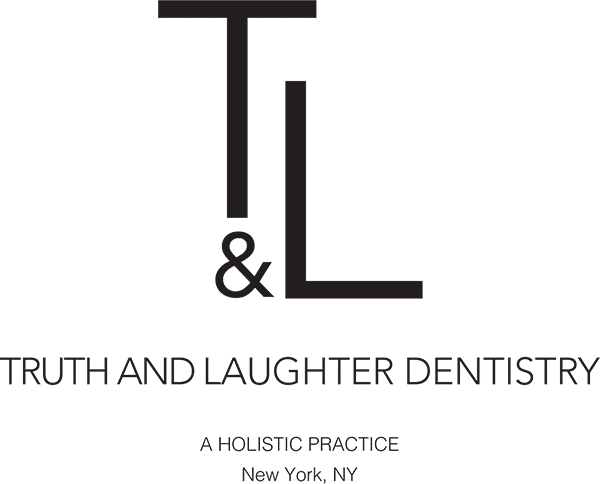What is PRP?
Platelet-rich plasma (PRP) has been used in the medical field since the 1990s to help reduce post-operative pain and promote healing. In more recent years, it is making its way into the world of dentistry - and bringing its rewarding benefits with it.
Plasma, the liquid part of your blood, contains platelets that help your blood to clot, which play a significant role in healing when you’ve been injured. They also contain growth factors, proteins that promote the growth of reparative cells. Here’s how it works.
PRP is taken directly from the patient’s blood. The use of a special machine will spin the blood to separate the platelets in a matter of minutes. This is then injected into the injured/surgical site or area of diseased tissue so that healing can happen at a faster rate. This treatment is able to rebuild tissue and bone and cut down the amount of time required for healing.
Requiring only 20-30 minutes, PRP does not add a significant amount of time to your treatment.
Benefits of PRP
As you can probably already tell, there are many benefits to PRP in dentistry, such as:
- Reduced healing times after dental procedures
- Less pain directly after dental procedures
- Quick and easy to do right before treatment
- Safe treatment using the patient’s own blood
- Affordable
Are You a Good Candidate for PRP?
Why Choose Truth and Laughter Dentistry?
At Truth & Laughter Dentistry, you won’t ever have to worry about whether or not your dentist has your best interest at heart. We do. That’s why we have invested time and energy into bringing you beneficial treatments such as platelet-rich plasma.
We strive to provide you with a comfortable dental experience in our cutting-edge office. So, when we offer you a treatment that is new or unfamiliar to you - such as PRP - we take the time to explain what it is, how it works, and the benefits and risks involved. And, we listen to and address any concerns you may have. We are here for you.
FAQs
Is PRP worth it for wisdom tooth extraction?
Absolutely. This method of wound healing begins improving the area immediately following the extraction.
Is PRP approved by the FDA?
There is no need for FDA approval since there is no medication or drug involved. It is simply removing blood from the patient and then injecting the platelets from that blood back into the patient.
How is the PRP procedure done?
Before your dental procedure, your dentist will draw a small amount of your blood and place it into a machine called a PRP centrifuge machine that spins the blood. Within 10-15 minutes or so the platelets will be ready to use. It is then injected back into the patient.
Will my insurance cover the cost of PRP?
Unfortunately, most dental insurances do not cover the cost of PRP.

